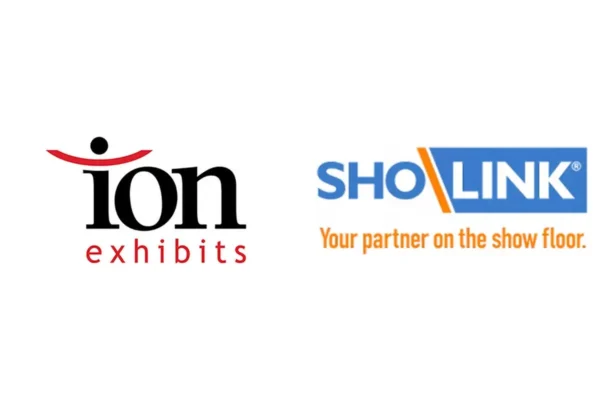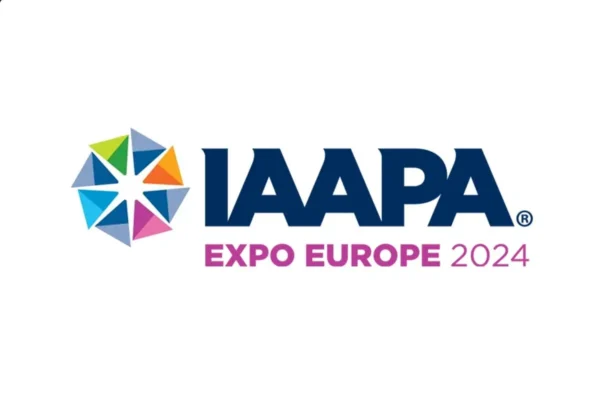The Exhibition Services & Contractors Association (ESCA) held its annual ESCA Summer Educational Conference June 28-July 1 at the Resort at Squaw Creek in California. Taking place a few miles from the location of the 1960 Winter Olympics, the conference touched on a broad range of exhibition industry topics including renewing sustainability efforts.
In the general session “Keep Your Edge in a Brave New Marketplace,” presenter Tom Bowman, founder of Bowman Design Group and EDPA Sustainable Exhibit Leadership Committee Chair, discussed how sustainability can help exhibit and meeting planners save money and build stronger brands in his book, “The Green Edge.” Founded in 1991, the integrated marketing and communications design firm specializing in identity, exhibits and event marketing earned the inaugural Cool California Small Business of the Year award and was the first in the U.S. to receive sustainability certification under the APEX/ASTM and FAMAB industry standards.

Addressing sustainability in the exhibition industry, Bowman stated that the trend garnered much attention in 2007 prior to the U.S. economic recession. During this period, there existed a “continued downward pressure on the price” of producing exhibits, according to Bowman.
Among the elements driving change in the exhibition industry, he added, are technology, customer empowerment, economic instability, globalization, resource limitations and environmental damage. Such factors pose technical and adaptive challenges, with the latter requiring experimentation to resolve.
Green organizations that certify sustainable practices and environmental responsibility offer a solution for adaptive challenges. Certifications through associations such as the Green Meeting Industry Council (GMIC), the German exhibition and events industry association (FAMAB) and International Organization for Standardization (ISO) help exhibition industry members achieve sustainability goals.
In partnership with GMIC, the Exhibit Designers + Producers Association (EDPA) proposed a Zero Waste Design/Build Challenge (ZWC) in 2014 to “harness its members’ creative energy, recognize innovation and share the best ideas for reducing the industry’s impact on the environment.” Entries were to include an in-shop waste audit as well as a show floor waste audit.
2014 winners Image4 and Freeman focused much of their designs on reusing available materials to accomplish a zero waste booth. Image4 employed a locally sourced, lightweight aluminum structure that contained 40 percent recycled content for its 10 x 20 exhibit while less than 4 percent of Freeman’s modular display system was fabricated from new materials, repurposing existing custom rentals for the build.
Illustrating the long-term benefits of sustainable booth building, Bowman offered an example of a $100,000 booth-building budget. With $60,000 earmarked for labor, the remaining $40,000 for materials was broken down at 37.5 percent for lumber, or $15,000, and 30 percent of that budget as the premium for sustainable plywood, totaling $4,500. The additional charge for the sustainable upgrade increases the price tag to $104,500, yet would last longer and be more environmentally-friendly.
In another example, Bowman described a last-minute graphic change to a booth. Rather than printing, crating and air shipping the graphic to the show, thus incurring extra drayage and shipping costs, emailing the file to be printed locally and driven onto the show floor would save both time and money in addition to being green.
Bowman also shared the differences between a hard-wall design and a tension-fabric design, both in terms of carbon emissions and overall costs. A custom 10 x 30 exhibit built with wood and plastic could emit up to 14,000 CO2e, or greenhouse gases. In comparison, the same exhibit built with aluminum and textiles would lower emissions to 8,700 CO2e, a 38 percent reduction. The smaller and lighter green materials, which could be packed in four crates rather than 10 crates for the hard-wall design, also decreases shipping costs by 25 percent. Routing the crates between shows instead of back to the warehouse after each show could further lessen transportation costs and air pollution.
Opening up the 2015 EDPA ZWC challenge to all industry firms, Bowman advises exhibit designers and builders to consider several guiding principles:
- Be bold. Do the impossible.
- Make every decision a green decision – The Green Edge mantra.
- Just wring out the waste.
- Go public. Let teamwork pull you forward.
- When in doubt, zoom out.
- Use metrics only to compare options.
- Look for big differences, not only the small improvements.
Bowman challenges the industry as a whole to go green with bold goals such as reducing greenhouse gases by 75 percent within the next three years, shipping 80 percent less materials in the next year or building nothing new for the next 10 years.
For more information on the 2015 EDPA ZWC, contact Melissa Nemitz at mnemitz@edpa.com
For more information on The Green Edge, visit bowmanchange.com





























